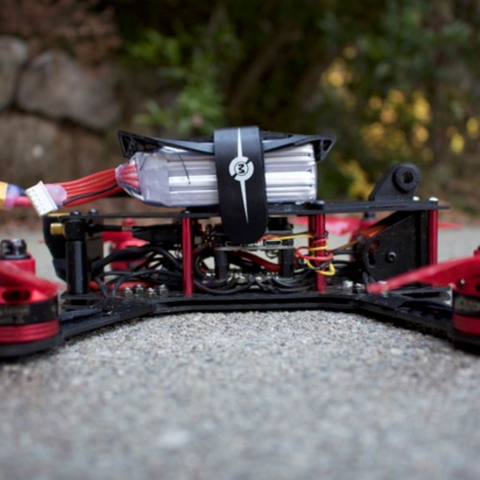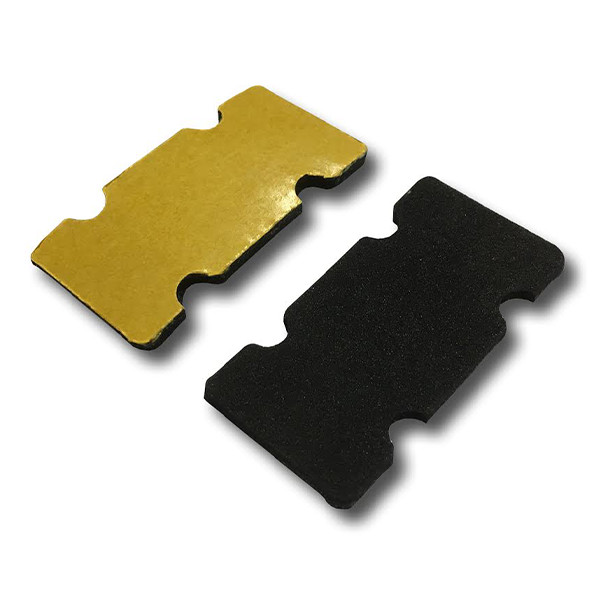
- #Diptrace lipo battery pad how to#
- #Diptrace lipo battery pad upgrade#
- #Diptrace lipo battery pad software#
- #Diptrace lipo battery pad free#
You only pay the difference between each level. You can start with the $75 Starter version and work your way up as needed. However, most projects won’t require the top package, and you can get by with one of the lower level packages costing only $145 to $695.
#Diptrace lipo battery pad upgrade#
One of my favorite things about DipTrace is that it offers several upgrade levels starting from only $75. The top package is $995 and allows designs of unlimited size. Although Diptrace is a fantastic option for new designers, it’s also powerful enough to handle the most complicated designs.

#Diptrace lipo battery pad how to#
Plan on spending at least several days, but more likely weeks, learning how to use any of them (especially Eagle!).Ī powerful, but cheaper and easier to use PCB design package is called DipTrace, which is what I personally recommend, especially for new hardware entrepreneurs, startups and makers. The biggest complaint I have about Eagle though isn’t the cost, its’s how unfriendly it is to learn to use.īut, all three of them are difficult to use. This does make them more competitive although many will find the requirement to pay a recurring fee indefinitely to be a big negative for Eagle. Most people developing PCBs independently, like entrepreneurs, hackers, and freelance designers, usually can’t afford to shell out that kind of cash on software.Īlthough significantly cheaper than Altium, OrCad is still really expensive with a price tag of $2,300.Įagle has changed their payment structure to a recurring fee of $60 per month, or you can save a bit by paying annually at $495/year. A good amount of freelancers splurge on Altium because it’s what they already know. Because of that it’s also the package that many new freelance engineers are most familiar. It’s good software, but that’s pretty crazy.Īltium is the most popular PCB design package among those with a company’s budget behind them.
#Diptrace lipo battery pad free#
Get your FREE Ultimate Guide - How to Develop Your New Electronic Hardware ProductĪltium Designer is considered the Ferrari of PCB design packages and starts at over $7,000! No that is not a typo. Although I’m a biased fan of DipTrace, you’ll learn it’s not the best option for everyone.

Instead, I wrote this article to share my own experiences. There are many packages not discussed in this article because I’ve never personally used them. However, for hardware entrepreneurs, startups and makers I prefer a less well-known PCB design packaged called DipTrace.ĭisclaimer: This article is not intended to be an unbiased review of every PCB design package available. That being said, there are three PCB design packages that tend to be the most popular and considered the best: Altium Designer, Eagle, and OrCad.
#Diptrace lipo battery pad software#
Users can also re-program the microcontroller through the JTAG connector: allowing customization to a wide variety of applications.There are numerous software packages available for designing printed circuit boards (PCBs), too many in fact. Command and status of the motor can be communicated through the standard JTAG connector: or through PWM input and output signals. The 12Vdc power is fused to prevent damage to the board or to bench power supplies in case of a motor fault during testing. Connection to a wide variety of motors is possible using either the 3-contact connector or by soldering motor phase wires to plated-through holes in the board. The size and layout of the board is intended to facilitate evaluation of the drive electronics and firmware: with easy access to key signals on individual test points.

The board is designed to drive motors in the 60W range: which require currents of 5 Amps. This TIDA-00143 reference design is a BLDC motor controller and is designed to operate from a single 12V (nominal) power supply which can vary over a wide range of voltages as found in typical automotive applications.


 0 kommentar(er)
0 kommentar(er)
